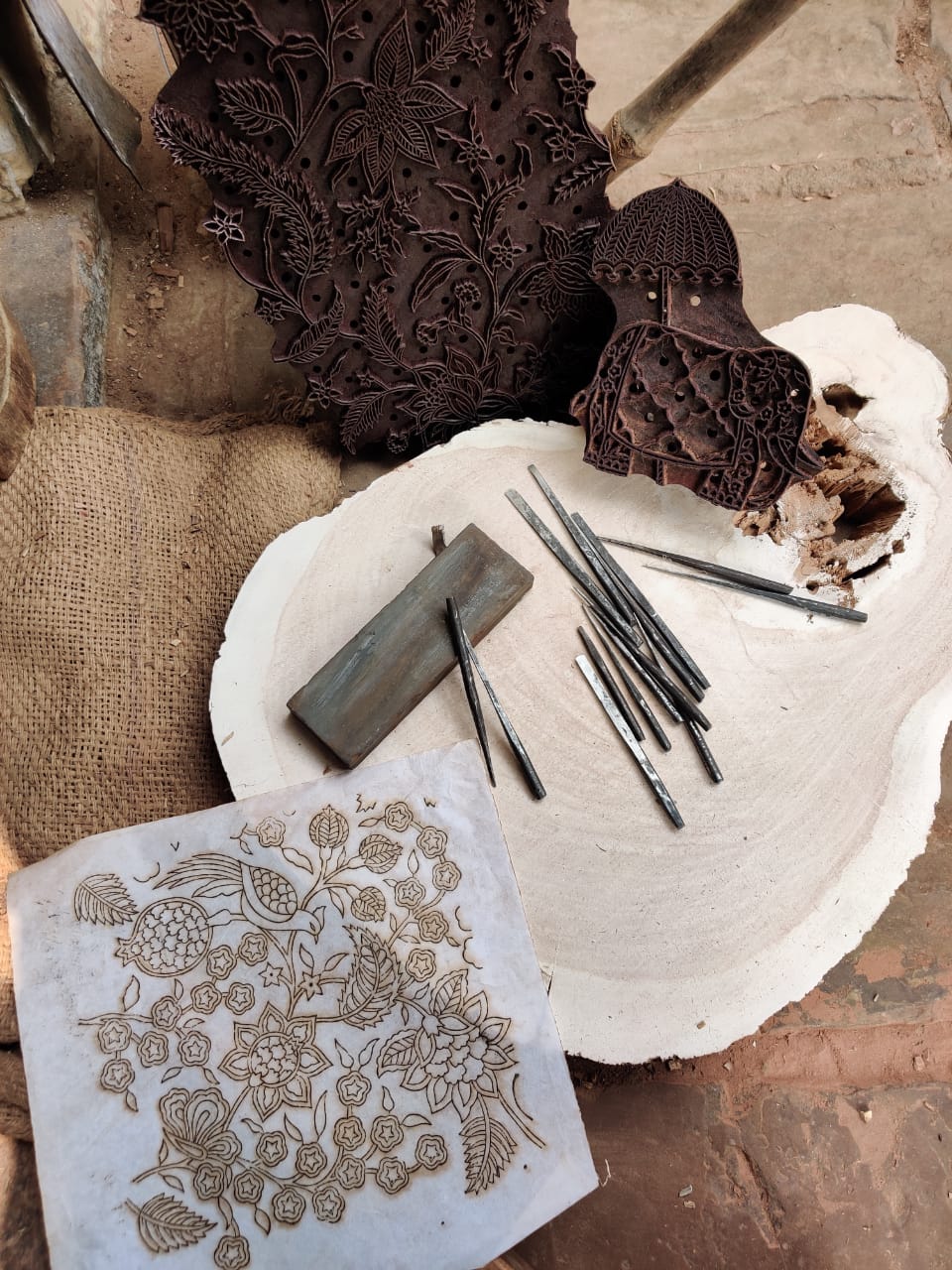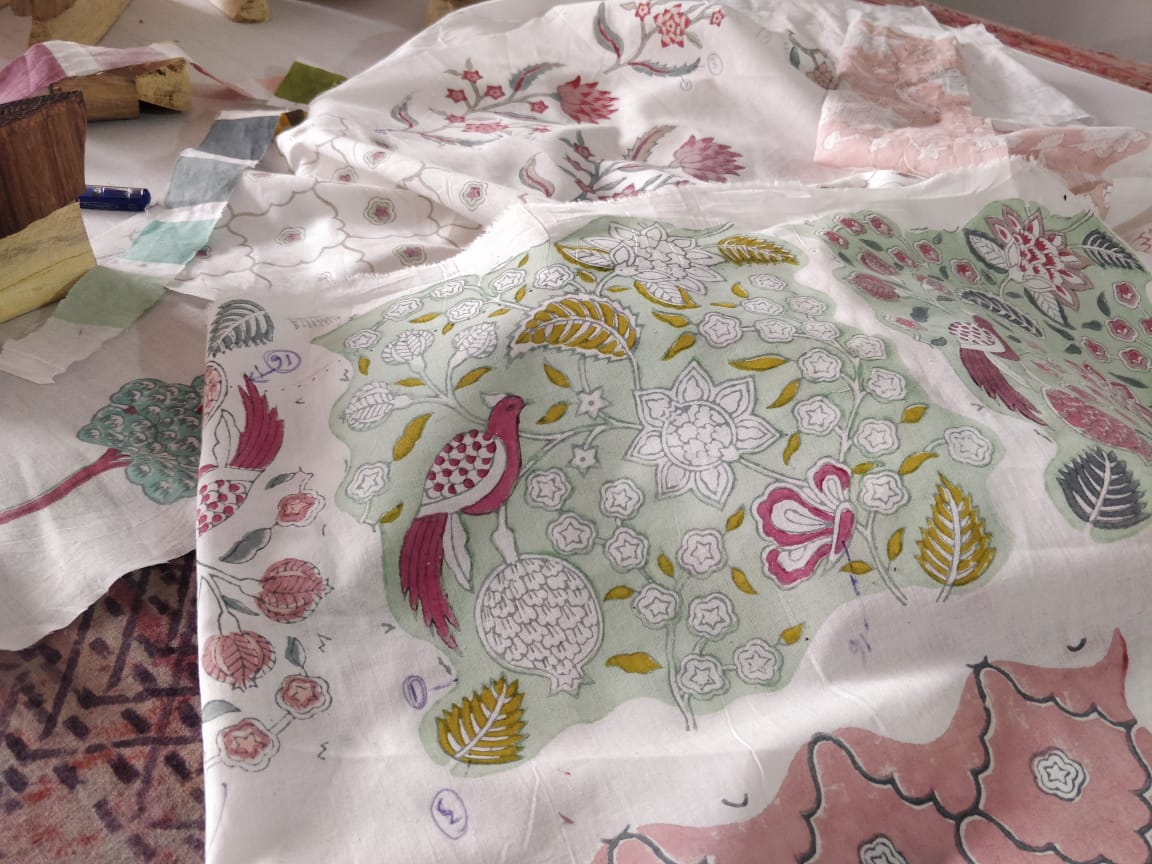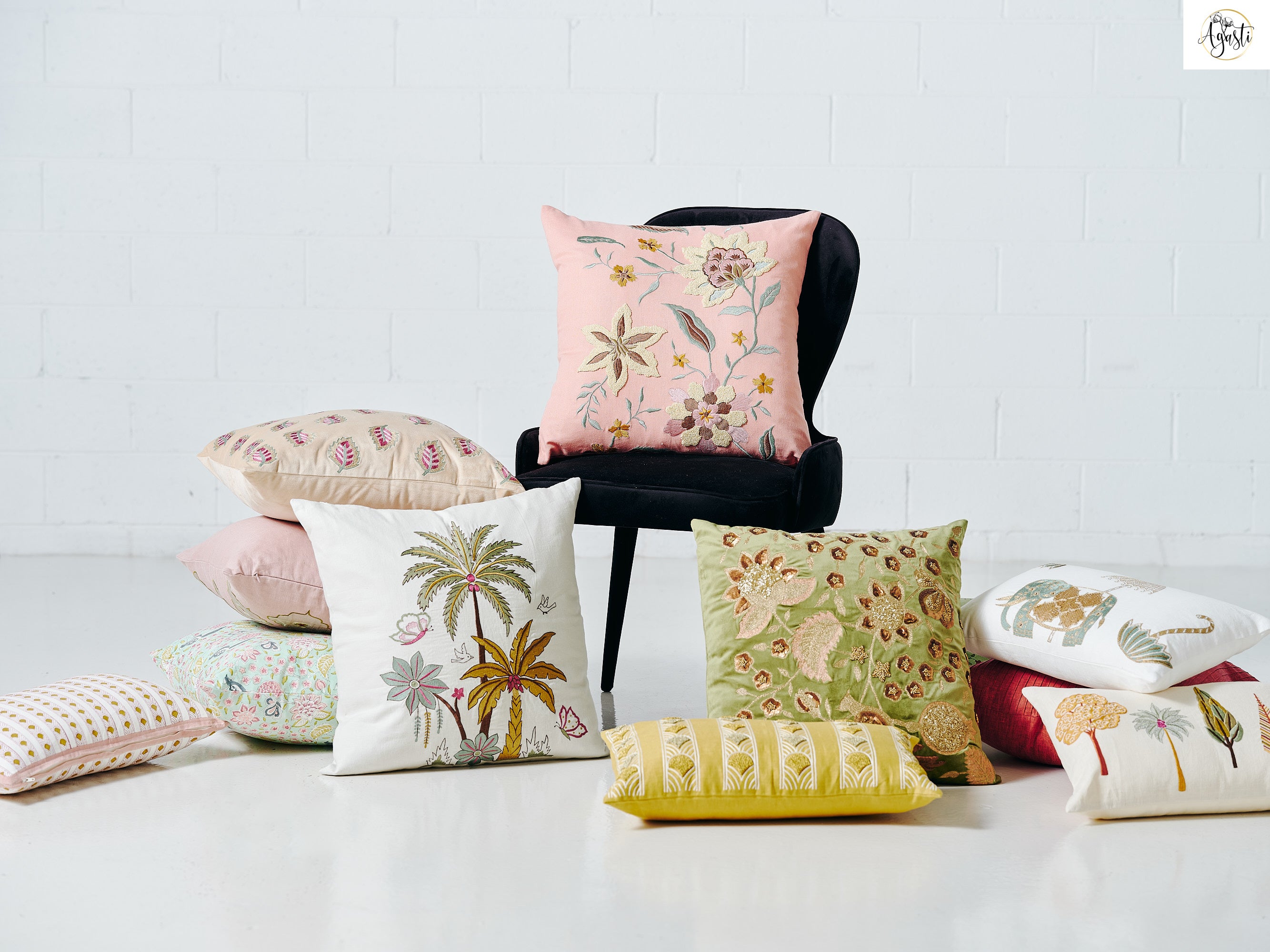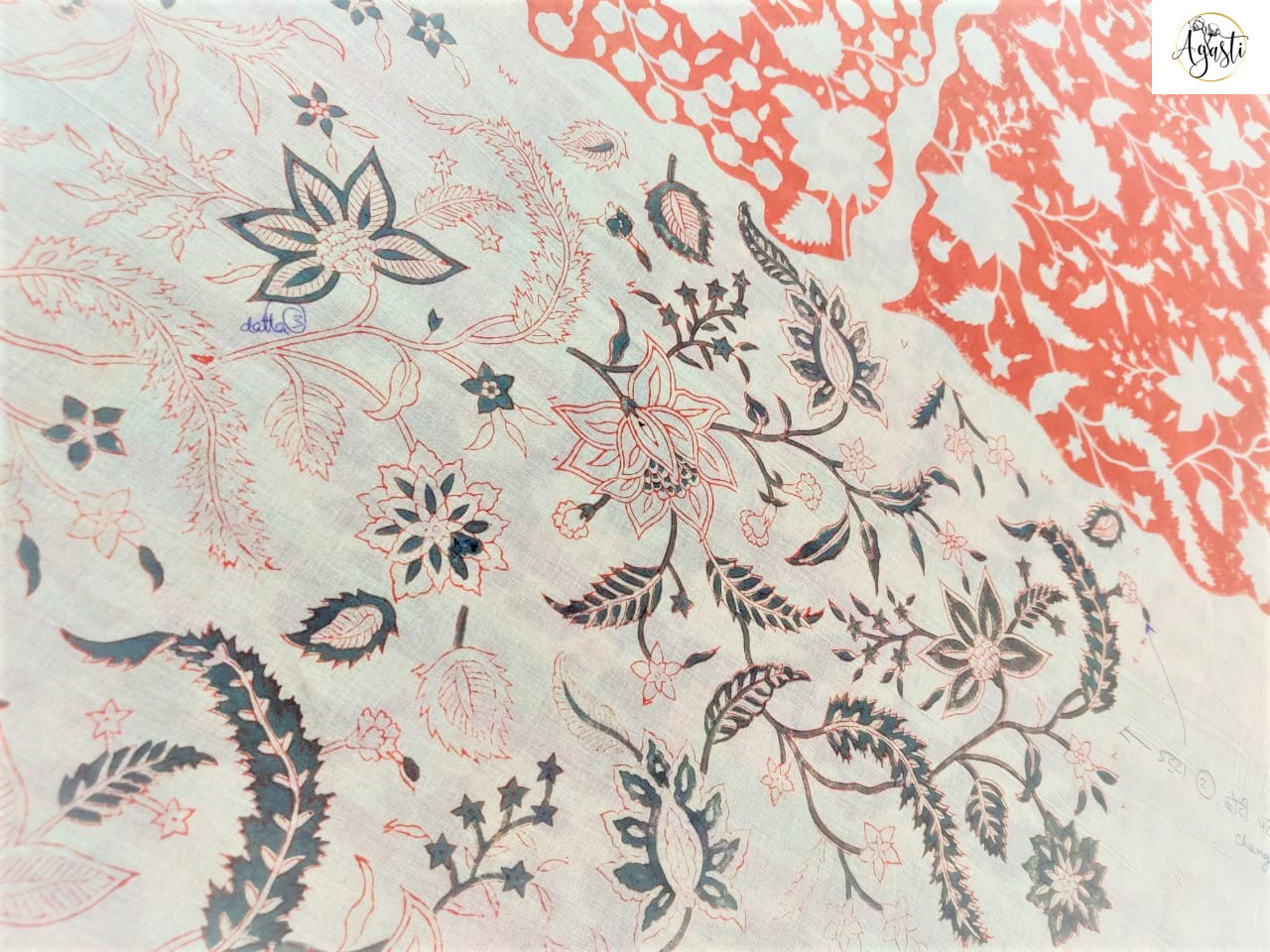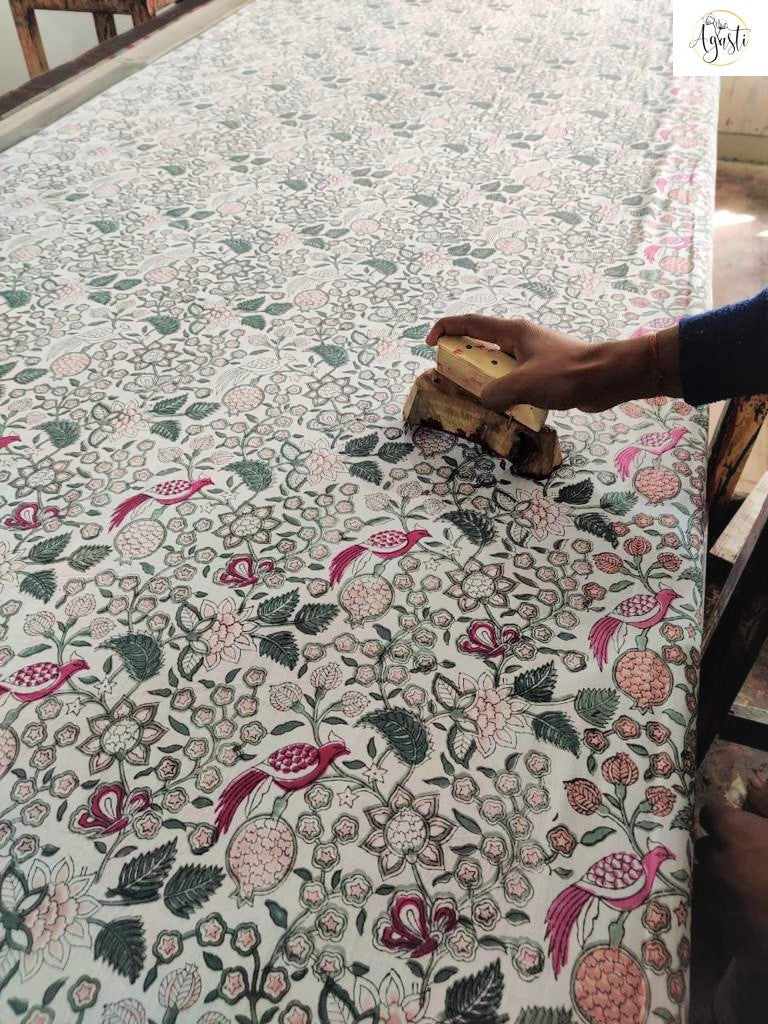A good night's sleep is essential for our overall well-being, and our choice of bedding plays a significant role in achieving this. If you find yourself grappling with mysterious allergy symptoms, it might be time to investigate how your quilts and pillows are made.
As alarming as it seems, most people don't even know that they might be suffering from a chemical allergy caused due to their quilts and pillows. Chemical allergies related to quilts and pillows are not uncommon, and many individuals may be suffering without even realising the root cause of their discomfort.
Identifying Chemical Allergies
Chemical allergies occur when the immune system reacts adversely to substances present in our surroundings. In the case of bedding, common allergens include synthetic fabrics, dyes, flame retardants, and other chemicals used during the manufacturing process. People with chemical allergies may experience a range of symptoms, including skin rashes, itching, sneezing, watery eyes, and respiratory issues.
Most commercial dyes contain chemicals that are also harmful to the environment. These include heavy metals (such as lead, mercury and cadmium), formaldehyde, quaternary ammonia compounds and petroleum distillates.
Our skin contains millions of pores that enables it to breathe. Your quilt is in contact with your skin for hours while you sleep and they are more likely to absorb chemicals from the quilt and linen.
The ingredients in these dyes can cause skin irritations and allergies. Some of the reactions may be mild like rashes or hives; some can be severe enough to require medical attention such as anaphylaxis. So, it is important to use quilts and bed linens that use toxic-free dyes that are better on your skin and doesn't cause you any skin problems.
The Culprits: Synthetic Fabrics and Chemical Additives
Many modern quilts and pillows are crafted from synthetic materials such as polyester, which may contain various chemicals used in their production. Additionally, manufacturers often apply flame retardants, dyes, and other treatments to enhance the performance and aesthetics of the bedding. Unfortunately, these additives can pose health risks, especially for those with sensitivities to certain chemicals.
Creating a Healthier Sleep Environment
Now that you suspect your bedding might be the cause of your discomfort, here are some steps you can take to create a healthier sleep environment:
-
Opt for Natural Fibres: Choose bedding made from natural fibers like cotton, linen, or wool. These materials are less likely to contain the chemicals found in synthetic fabrics.
- Look for Toxic-free dyes: Not only are they good for you, but they are also good for the environment as they are bio-degradable.
That's why we carefully choose toxic-free, natural plant based dyes to print our quilts. All our quilts are 100% handstitched by skilled artisans. This means that each quilt is unique and has its own story to tell about the people who made it. It also means that our products are more durable than machine-made items, and will last longer than their mass-produced counterparts. As a result of this handmade quality, you’ll find your newly adopted quilt to be softer and much more comfortable than any other blanket or bedspread you’ve ever used before!
Don't let your bedding be the hidden culprit behind your discomfort – take charge of your sleep environment and embark on a journey toward restful, allergy-free nights.
Take a look at our handblock printed quilts, made from natural fibres and toxic free dyes.


